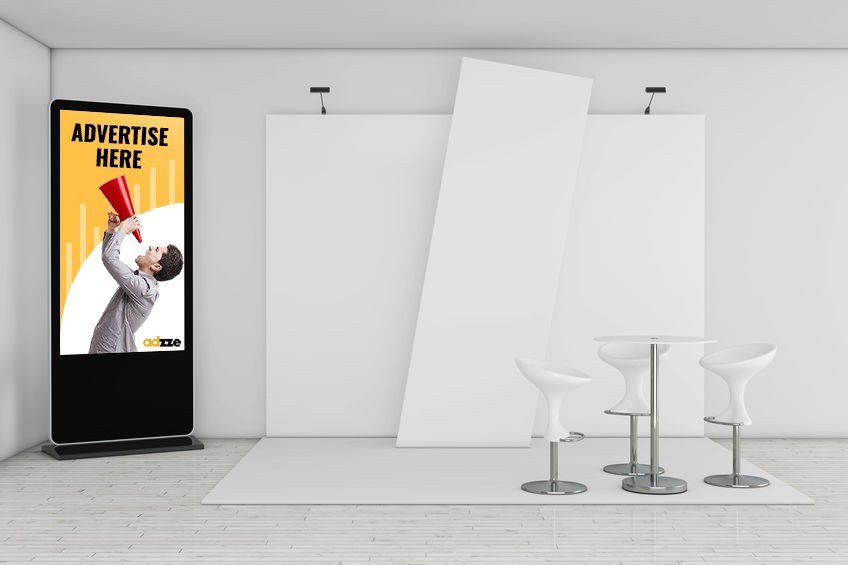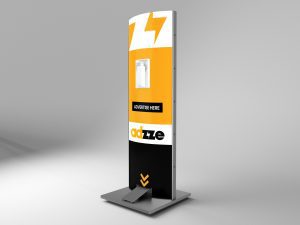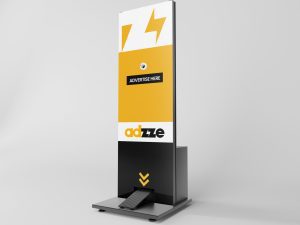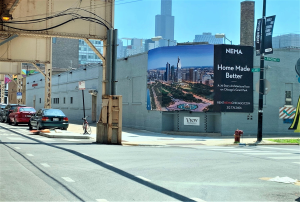In the post-pandemic world, cleanliness and hygiene are no longer optional – they are expectations, especially in industries like medical spas where client safety and wellness are paramount. While sanitizing stations have become ubiquitous, they also offer a powerful, often underutilized opportunity for creative marketing. One of the most innovative ways to elevate your medical spa’s brand and engage with clients is by integrating QR codes into sanitizing stations. This simple yet effective strategy can help transform your medical spa sanitization efforts into a unique marketing touchpoint.
In this blog, we’ll explore how QR codes on sanitizing stations can enhance client engagement, streamline the customer journey, and provide measurable marketing benefits.
Why QR Codes Are a Game-Changer for Medical Spa Sanitization
QR codes are not new, but their relevance has skyrocketed in recent years due to increased smartphone adoption and contactless technology trends. When paired with sanitizing stations, they bridge the gap between physical hygiene practices and digital engagement, offering an array of benefits for both medspas and clients.
Key advantages include:
1. Seamless Information Access: Clients can scan a QR code to instantly access your medspa’s offerings, such as service menus, promotions, or wellness tips.
2. Contactless Interactions: In a space where cleanliness is key, QR codes minimize the need for physical brochures or touchscreens.
3. Enhanced Client Engagement: Interactive elements like videos, virtual tours, or surveys can keep clients engaged and informed while they sanitize.
4. Trackable Insights: QR code scans provide valuable data on customer behavior, allowing you to optimize your marketing strategies.
Creative Ways to Use QR Codes on Sanitizing Stations
Promote Special Offers and Discounts 
Imagine a client sanitizing their hands and spotting a QR code that reads, “Scan to unlock an exclusive discount.” By linking the QR code to time-sensitive promotions, you can:
1. Drive immediate interest in specific services, such as facials, body contouring, or laser treatments.
2. Encourage repeat visits by offering loyalty rewards through digital punch cards.
3. Build excitement for new service launches or seasonal packages.
Virtual Tours and Treatment Demonstrations
Many clients may hesitate to book treatments due to unfamiliarity or concerns about safety. A QR code linked to a virtual tour of your facility or a video demonstration of your sanitization protocols can:
1. Build trust by showcasing your commitment to hygiene and safety.
2. Educate clients about your services in an engaging, non-intrusive way.
3. Create a sense of transparency that enhances your brand’s credibility.
Appointment Scheduling and Pre-Visit Forms
Streamline the booking process by linking QR codes to your online scheduling system. This not only saves time but also reduces bottlenecks at the front desk.
You can also:
1. Encourage clients to complete pre-visit forms or health questionnaires online.
2. Allow clients to choose add-ons or upgrades when booking, increasing revenue opportunities.
3. Send appointment reminders directly to their smartphones after a QR code scan.
Encourage Social Media Interaction
QR codes can be a fun way to drive traffic to your social media pages. For instance:
1. Direct clients to your Instagram or Facebook page, where they can follow you for wellness tips and updates.
2. Offer a small incentive, such as a free sample or discount, in exchange for tagging your medspa in a post or story.
3. Encourage user-generated content by linking QR codes to hashtags for specific campaigns.
Client Feedback and Surveys
Your sanitizing stations can also double as tools for gathering client feedback. QR codes linked to quick surveys allow you to:
1. Collect valuable insights into client satisfaction.
2. Identify areas for improvement in real time.
3. Strengthen client relationships by showing that their opinions matter.
How QR Codes Complement Medical Spa Sanitization Efforts
Incorporating QR codes into your medical spa sanitization strategy does more than boost marketing. It creates a seamless client experience that prioritizes both hygiene and convenience.
1. Highlight Your Commitment to Safety 
Link QR codes to a page that explains your cleaning protocols, certifications, or infection prevention measures. This reassures clients that they are in a safe environment.
2. Reduce Paper Waste
Eliminating physical brochures and replacing them with QR codes aligns with sustainable practices, which can resonate with environmentally conscious clients.
3. Engage Clients While They Wait
Sanitizing stations often serve as transitional spaces where clients pause for a moment. Use this opportunity to keep them engaged with interactive content, ensuring your brand stays top of mind.
Tracking and Measuring QR Code Success
One of the greatest advantages of QR codes is their trackability. Here’s how to measure the success of your QR-integrated sanitizing stations:
1. Monitor Scan Rates
Track how many clients scan your QR codes over time. This can give you insights into the effectiveness of your placement and messaging.
2. Analyze Conversion Metrics
Measure how many QR code scans lead to specific actions, such as bookings, purchases, or social media follows. Use tools like Google Analytics or QR code generators with built-in analytics.
3. A/B Testing
Experiment with different QR code designs, placements, and calls to action to identify which approach resonates most with your clients.
Real-World Example: QR Codes in Action
A medical spa in Los Angeles integrated QR codes into their sanitizing stations with impressive results. Here’s how they did it:
Promotions: They linked QR codes to limited-time discounts on new services, driving a 20% increase in bookings within the first month.
Education: QR codes directed clients to videos showcasing their cutting-edge sanitization protocols, building trust and attracting new clients.
Feedback: Surveys accessed through QR codes revealed valuable insights into client preferences, helping the spa refine its offerings.
Tips for Implementing QR Codes on Sanitizing Stations
Design Eye-Catching Codes: Use branded colors, logos, and clear CTAs to draw attention to your QR codes.
Optimize Landing Pages: Ensure the linked pages are mobile-friendly and load quickly to avoid frustrating clients.
Update Content Regularly: Keep the information fresh by rotating promotions, videos, or educational content linked to the QR codes.
Test the Process: Regularly test your QR codes to ensure they function properly and lead to the intended destination.








